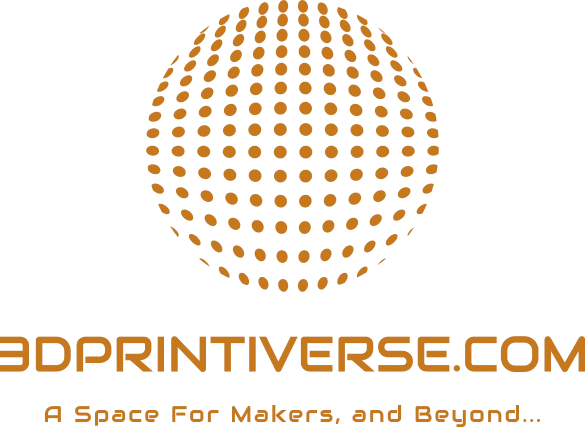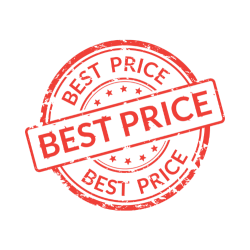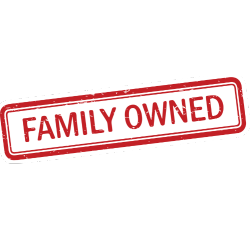Introduction
The world of 3D printing offers a variety of technologies, each suited to different needs and applications. Two primary categories are filament printers and resin printers. Understanding the differences between these technologies, their advantages, and limitations can help you choose the right 3D printer for your projects. This guide covers FDM and other filament printers, as well as SLA, DLP, and LCD resin printers, providing a detailed comparison to aid your decision-making process.
Filament Printers
Filament printers, also known as Fused Deposition Modeling (FDM) or Fused Filament Fabrication (FFF) printers, use thermoplastic filaments to create objects layer by layer.
Types of Filament Printers:
-
FDM Printers
- Pros: Affordable, easy to use, widely available materials, robust for larger prints.
- Cons: Lower resolution compared to resin printers, visible layer lines, limited detail.
- Price Range: $200 - $3,000+
- Uses: Prototyping, functional parts, educational purposes, hobbyist projects.
-
Multi-Material FDM Printers
- Pros: Ability to print with multiple materials or colors, versatile.
- Cons: More complex setup, higher cost.
- Price Range: $500 - $5,000+
- Uses: Prototyping, complex designs requiring different materials, artistic projects.
Popular Filament Printers:
- Creality Ender 3 V2
- Prusa i3 MK3S+
- Ultimaker S3
Resin Printers
Resin printers use photopolymer resin and light to create high-resolution objects. The three main types are Stereolithography (SLA), Digital Light Processing (DLP), and Liquid Crystal Display (LCD) printers.
Types of Resin Printers:
-
SLA Printers
- Pros: High resolution, smooth surface finish, excellent detail.
- Cons: More expensive, requires post-processing, limited build volume.
- Price Range: $500 - $10,000+
- Uses: Jewelry, dental models, miniatures, high-detail prototypes.
-
DLP Printers
- Pros: High resolution, fast printing speeds, detailed prints.
- Cons: More expensive, requires post-processing, limited build volume.
- Price Range: $1,000 - $5,000+
- Uses: Jewelry, dental models, miniatures, high-detail prototypes.
-
LCD Printers
- Pros: Affordable, high resolution, fast printing speeds.
- Cons: Requires post-processing, shorter lifespan of LCD screens.
- Price Range: $200 - $3,000+
- Uses: Miniatures, dental models, detailed prototypes.
Popular Resin Printers:
- Formlabs Form 3 (SLA)
- Anycubic Photon Mono X (LCD)
- Phrozen Sonic Mini 4K (LCD)
Detailed Comparison
Print Quality:
- FDM Printers: Suitable for functional parts and larger models, but with visible layer lines.
- Resin Printers: Exceptional detail and smooth surfaces, ideal for intricate designs and small models.
Material Options:
- FDM Printers: Wide range of materials including PLA, ABS, PETG, TPU, and more.
- Resin Printers: Limited to photopolymer resins, but available in various properties like flexible, tough, and biocompatible.
Ease of Use:
- FDM Printers: Generally easier to set up and use, with straightforward maintenance.
- Resin Printers: More complex setup and post-processing required, including washing and curing.
Cost:
- FDM Printers: Lower initial cost and cheaper materials.
- Resin Printers: Higher initial cost and more expensive materials.
Environmental Impact:
- FDM Printers: Less wasteful, with leftover filament being easier to store and reuse.
- Resin Printers: Resin can be messy and requires careful disposal due to toxicity.
Making Your Decision
When choosing between filament and resin printers, consider the following factors:
- Purpose: What are you printing? Large functional parts or detailed miniatures?
- Budget: What is your initial investment and ongoing material cost budget?
- Experience Level: Are you a beginner or do you have experience with 3D printing?
- Space and Environment: Do you have adequate space and ventilation for resin printing?
Conclusion
Both filament and resin printers have their unique advantages and are suited for different applications. FDM printers are great for beginners, prototyping, and larger prints, while resin printers excel in producing high-detail and smooth-surface models. By understanding the differences, pros, cons, and ideal uses, you can make an informed decision and choose the best 3D printer to meet your needs.
Tags
Tags: 3D Printing, FDM, SLA, DLP, LCD, Filament Printers, Resin Printers, Buyer's Guide, 3D Printer Comparison, Additive Manufacturing, Prototyping, High Detail Printing





